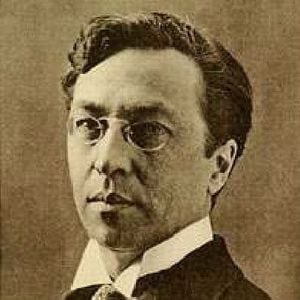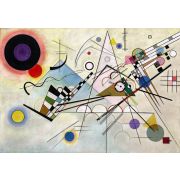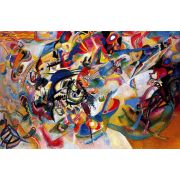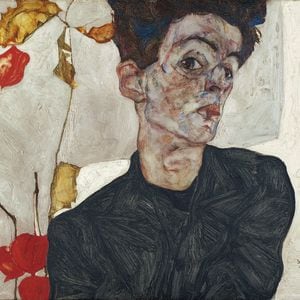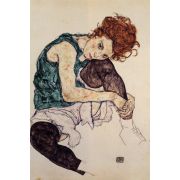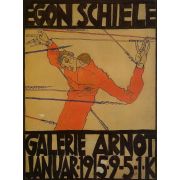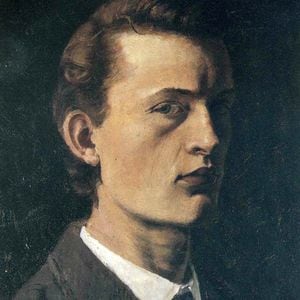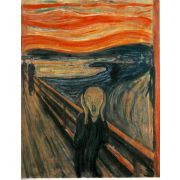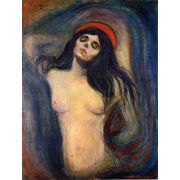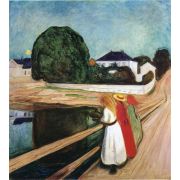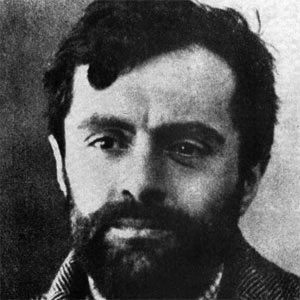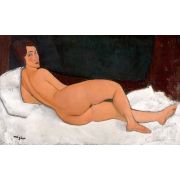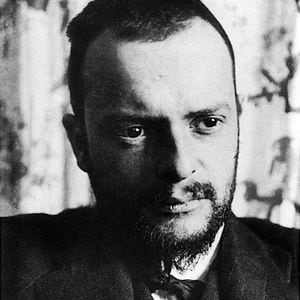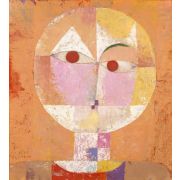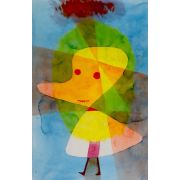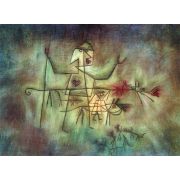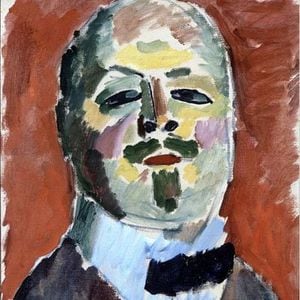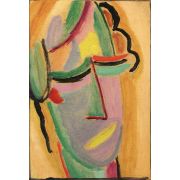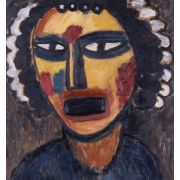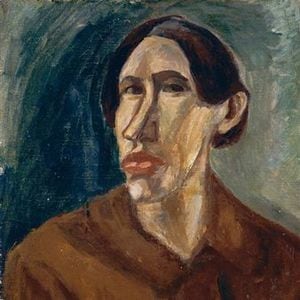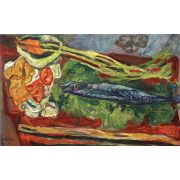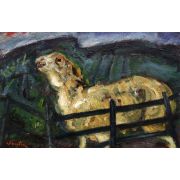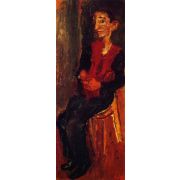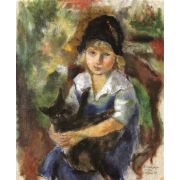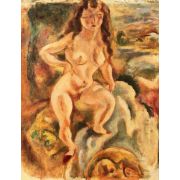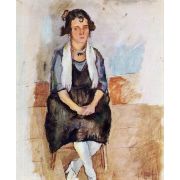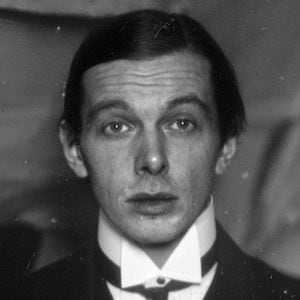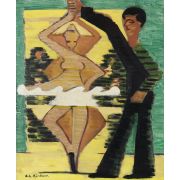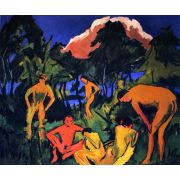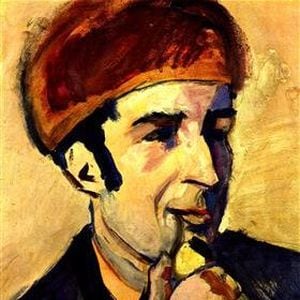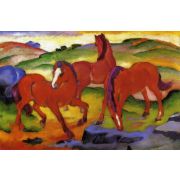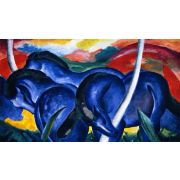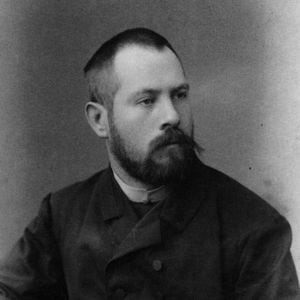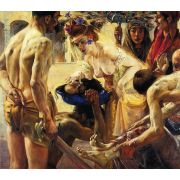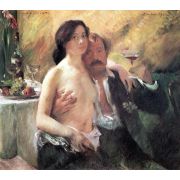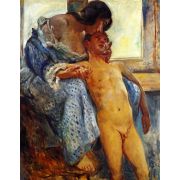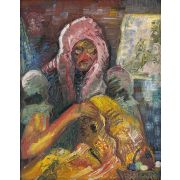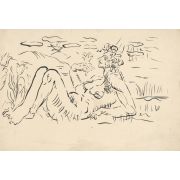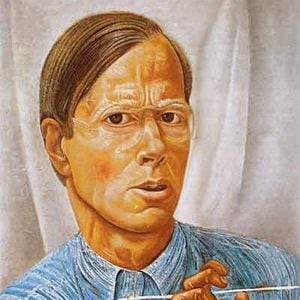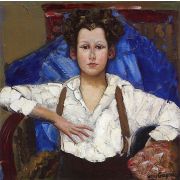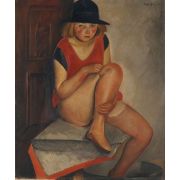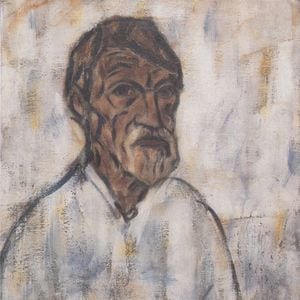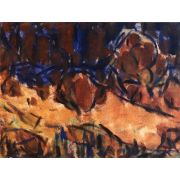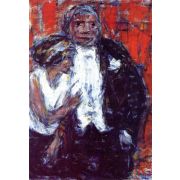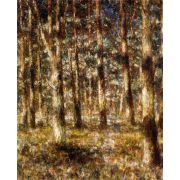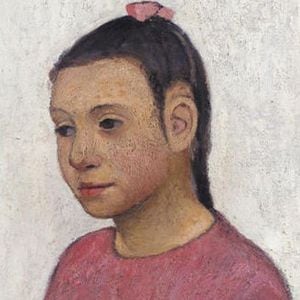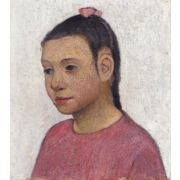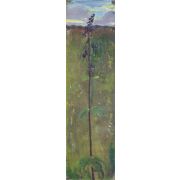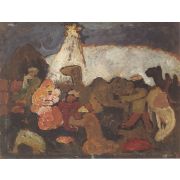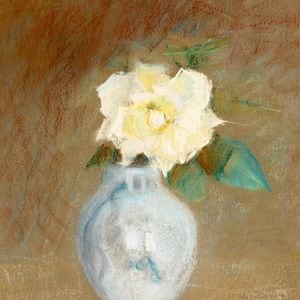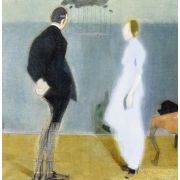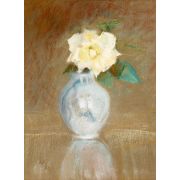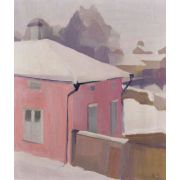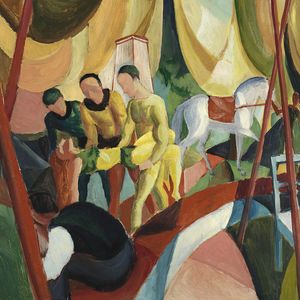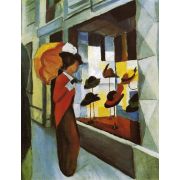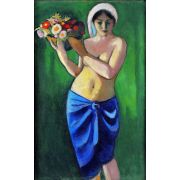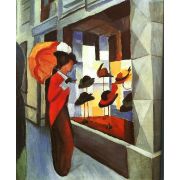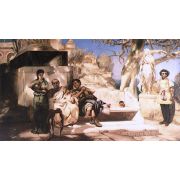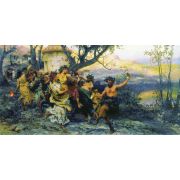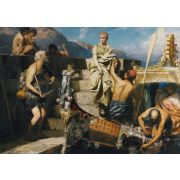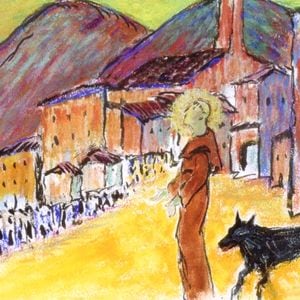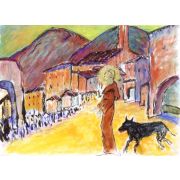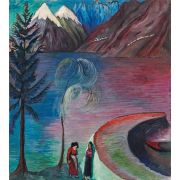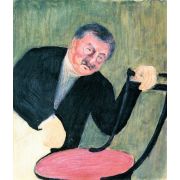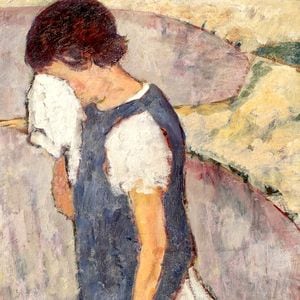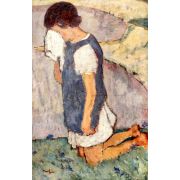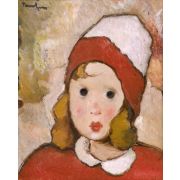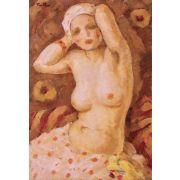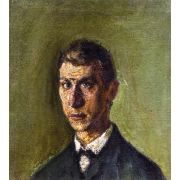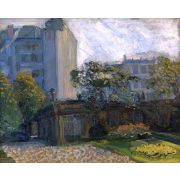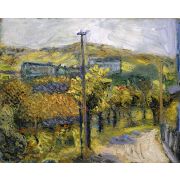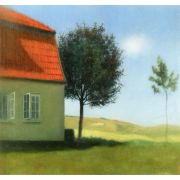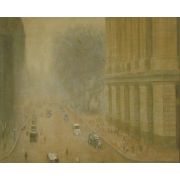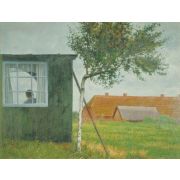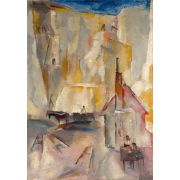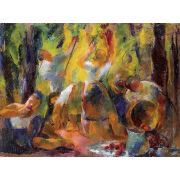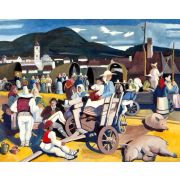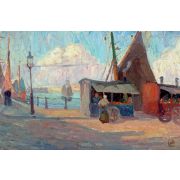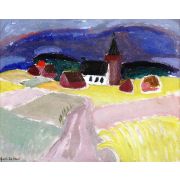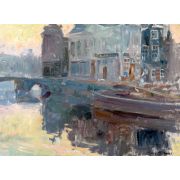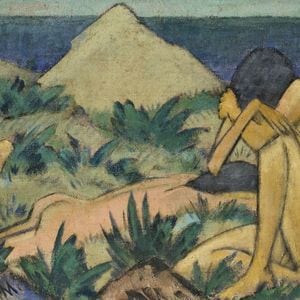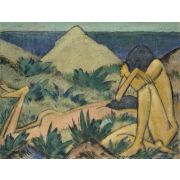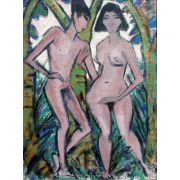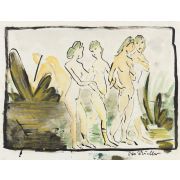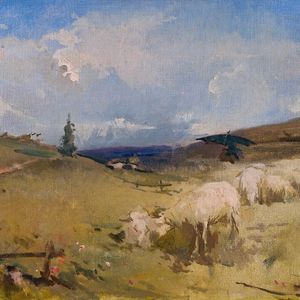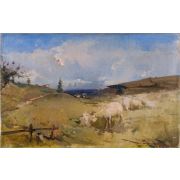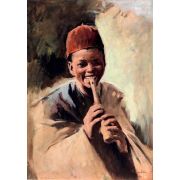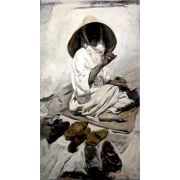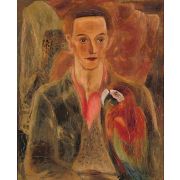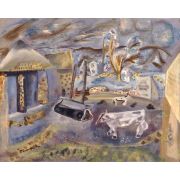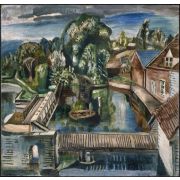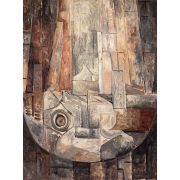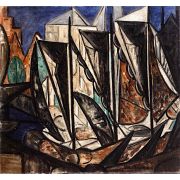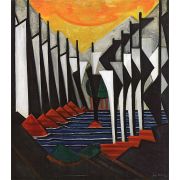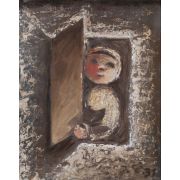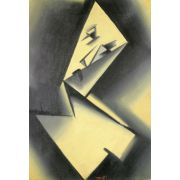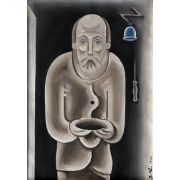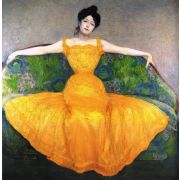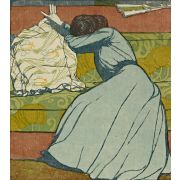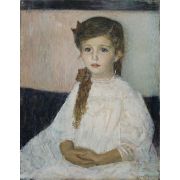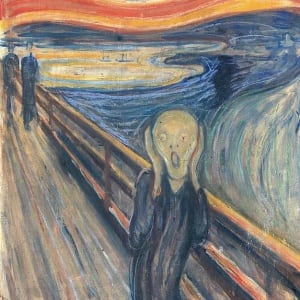
Expressionism
Expressionism
1 to 30 out of 42 artists
Wassily Kandinsky
1866 -1944, Russian / Abstract Art and Expressionism, 423 works
Egon Schiele
1890 -1918, Austrian / Expressionism, 378 works
Edvard Munch
1863 -1944, Norwegian / Symbolism and Expressionism, 1675 works
Amedeo Modigliani
1884 -1920, Italian / Expressionism, 386 works
Paul Klee
1879 -1940, Swiss / Abstract Art , Expressionism , and Surrealism, 325 works
Alexei von Jawlensky
1864 -1941, Russian / Expressionism, 732 works
Chaim Soutine
1894 -1943, Belarusan / Expressionism, 581 works
Jules Pascin
1885 -1930, Bulgarian / Expressionism, 442 works
Ernst Ludwig Kirchner
1880 -1938, German / Expressionism, 430 works
Franz Marc
1880 -1916, German / Expressionism, 352 works
Lovis Corinth
1858 -1925, German / Impressionism and Expressionism, 333 works
Arnold Peter Weisz-Kubínčan
1898 -1945, Slovakian / Expressionism, 267 works
Boris Grigoriev
1886 -1939, Russian / Expressionism, 250 works
Christian Rohlfs
1849 -1938, German / Expressionism, 249 works
Paula Modersohn-Becker
1876 -1907, German, Female Artist / Expressionism, 240 works
Helene Schjerfbeck
1862 -1946, Finnish, Female Artist / Realism and Expressionism, 199 works
August Macke
1887 -1914, German / Expressionism, 156 works
Hendryk Siemiradzki
1843 -1902, Polish / Expressionism and Romanticism, 146 works
Marianne von Werefkin
1860 -1938, Russian, Female Artist / Expressionism, 143 works
Nicolae Tonitza
1886 -1940, Romanian / Expressionism and Post-Impressionism, 84 works
Richard Gerstl
1883 -1908, Austrian / Expressionism and Art Nouveau, 73 works
Arthur Segal
1875 -1944, Romanian / Expressionism and Dada, 64 works
Vilmos Aba-Novák
1894 -1941, Hungarian / Expressionism, 59 works
Gustave de Smet
1877 -1943, Belgian / Expressionism, 43 works
Otto Mueller
1874 -1930, German / Expressionism, 41 works
Romualdo Locatelli
1905 -1943, Italian / Modernism , Orientalism , and Expressionism, 30 works
Frances Hodgkins
1869 -1947, New Zealander, Female Artist / Post-Impressionism and Expressionism, 18 works
Jacoba van Heemskerck
1876 -1923, Dutch, Female Artist / Expressionism, 16 works
Josef Čapek
1887 -1945, Czech / Expressionism and Cubism, 10 works
Max Kurzweil
1867 -1916, Austrian / Expressionism and Art Nouveau, 10 works
1 to 30 out of 42 artists
Expressionism was a modernist movement that started in Germany at the beginning of the 20th century. It was first seen in poetry and painting. It usually shows the world from only one person's point of view and distorts it a lot for emotional effect or to make people feel something or think of something. Expressionist artists tried to show what it was like to feel something instead of what it was like to see something.
Before the First World War, Expressionism grew as an avant-garde style. During the Weimar Republic, it was still trendy, especially in Berlin. Expressionist art and architecture, painting, literature, theater, dance, film, and music are all examples of this style.
Sometimes the word makes people think of worry. Expressionism is a term that is sometimes used to describe painters like Matthias Grünewald and El Greco. However, time is most often used to describe works from the 20th century. People have said that the Expressionist focuses on the individual's point of view was a reaction to positivism and other art styles like Naturalism and Impressionism.
Even though the word "expressionist" has been used in its modern sense since 1850, it is sometimes said to have come from a group of paintings called "Expressionismes" that was shown in Paris in 1901 by an unknown artist named Julien-Auguste Hervé. Though another theory says that the term was made up by the Czech art historian Antonin Matjek in 1910 as the opposite of impressionism: "An Expressionist wants, above all, to express himself... (an Expressionist) rejects immediate perception and builds on more complex psychic structures... Impressions and mental images that pass through a mental person's soul like through a filter that gets rid of all the extraneous parts to get to their clear essence [...and] are a source of inspiration."
German philosopher Friedrich Nietzsche (1844–1900), especially his philosophical novel Thus Spoke Zarathustra (1883–92); the later plays of Swedish dramatist August Strindberg (1849–1912), including the trilogy To Damascus (1898–1901), A Dream Play (1902), and The Ghost Sonata (1907); Frank Wedekind (1864–1918), especially the "Lulu" plays Erdgeist (Earth Spirit) (1895) and Die Büchse der Pandora (1856–1939).
In 1905, Ernst Ludwig Kirchner led a group of four German artists to form Die Brücke (the Bridge) in the city of Dresden. This group may have been the start of the German Expressionist movement, even though they didn't call it that. A few years later, in 1911, a group of young artists with similar ideas came together in Munich to form Der Blaue Reiter (The Blue Rider). The name came from a painting by Wassily Kandinsky in 1903 called "The Blue Rider." Kandinsky, Franz Marc, Paul Klee, and Auguste Macke were all part of this group. But the word "Expressionism" didn't become well-known until 1913. Even though it started in Germany and was most popular in painting, poetry, and theater between 1910 and 1930, most artists who created it were not German. Also, there have been expressionist writers of prose fiction and writers who didn't speak German. Even though the movement was less prevalent in Germany after Adolf Hitler came to power in the 1930s, expressionist works were still written.
